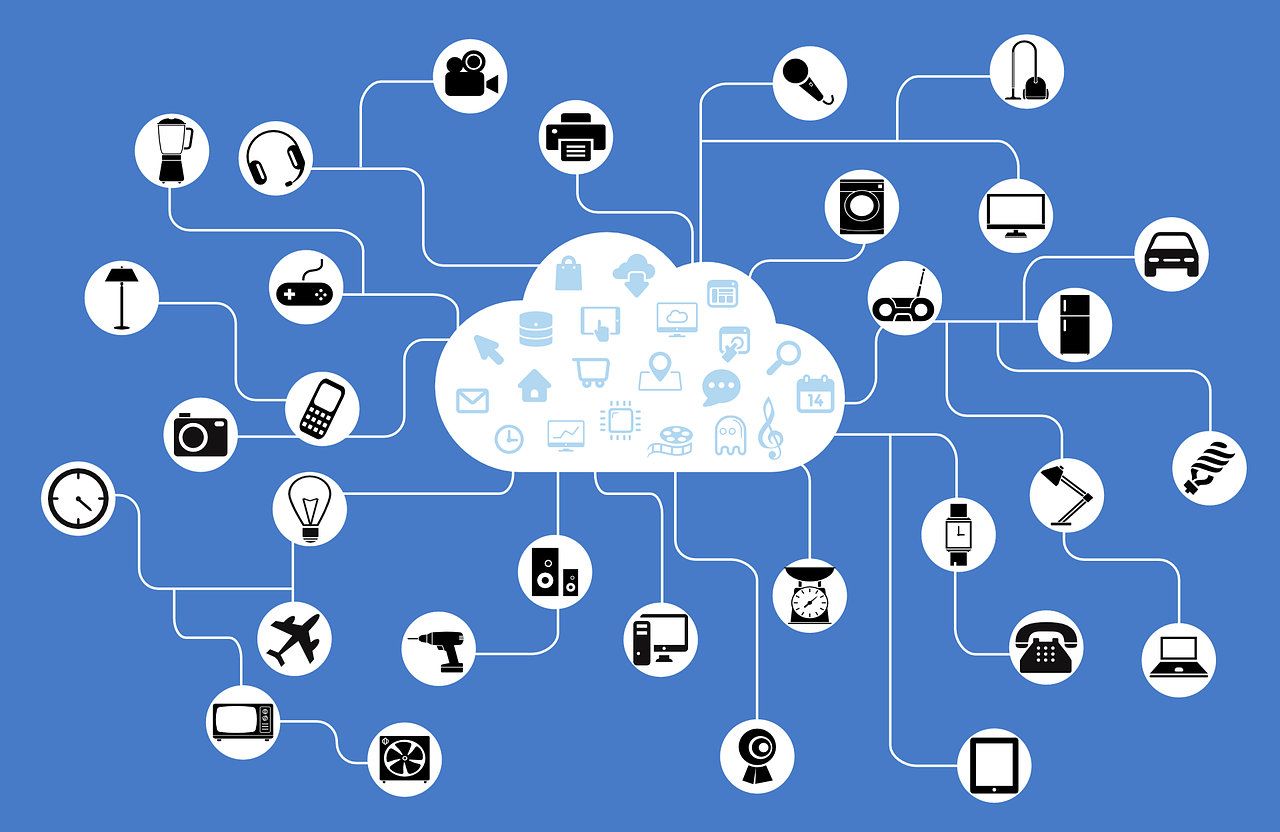Internet of Things (IoT) - Home Assistant
17 Feb 2019
According to Wikipedia, Internet of Things (IoT) is a heterogeneous network, formed predominantly by small devices (for e.g. sensors, home appliances, software, etc). This network allows the devices to communicate with each other to achieve some goals.
In a smaller scale and more domestic level, home automation can be seen as a realisation/implementation of IoT. If you are into technology gadgets, you probably won’t miss any of the smart electronics sold in store nowadays - such as the smart lighting solution (Philips hue, Xiaomi, IKEA Tradfri, etc), door/window/motion sensors, wireless door bell (Ring?), and all sorts of different small electronics that make you spent your whole weekend (or few months) in setting up this DIY home automation project.
I was excited by the prospects of these devices in automating the house, making my life easier and able to free up more time to do other stuff. So the aim here is to make these devices seamlessly blend into your life, without you actively controlling or spend hours configuring them.
Home Assistant at a glance
Here comes the open-source software that forms the base platform to enable my project - Home Assistant (HA). It is open-source, that means it is free, and you just need to find a computer to install the software, and start connecting these devices. There are many other alternatives out there but I have not tried them - a strong competition/contender is openHAB. In my opinion, the user interface of openHAB is much nicer than home assistant. However, I am not sure how customisation or the degree of programmable in openHAB. On the other hand, home assistant allows you to add extension and plug into their platform to create your own automations - which I will create some posts in the future. It is really powerful!
Just to give you a glimpse of what is possible: At the moment, some of my automations include consolidating my finances (Savings, Credit Card, Cash) in different banks by extracting the daily data and track my spending. So I literally don’t have to track every expense but just spend a few times a month to look at the report generated.
I have also created a personal stock inventory to track my toiletries and kitchen/food in my pantry. Whenever the stock runs low, it will automatically insert a TO DO list item in Todoist for me and notify me. So when I go shopping, I just need to check my to do list. Time saver!
Summary
This is a short post about introducing Home Assistant as a platform for Internet of Things (IoT), and my experience with HA. Hopefully, if time permits, my next post will about how I setup HA using Raspberry Pi 3 :).